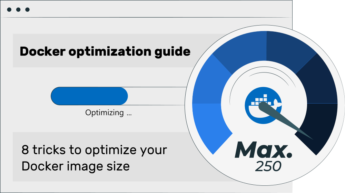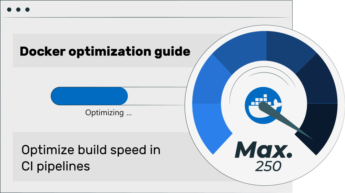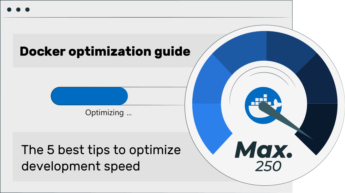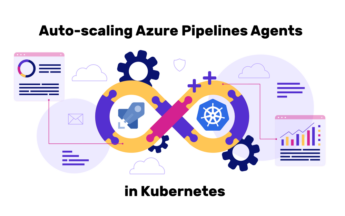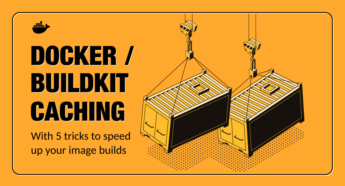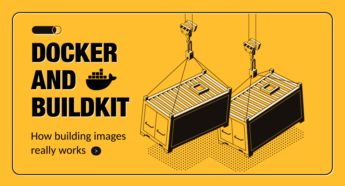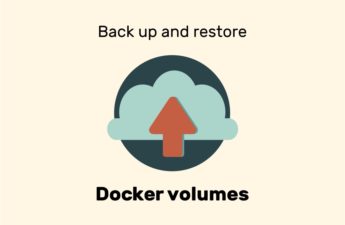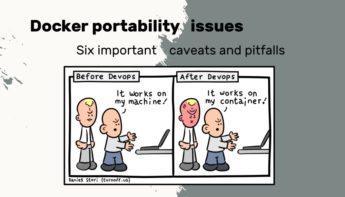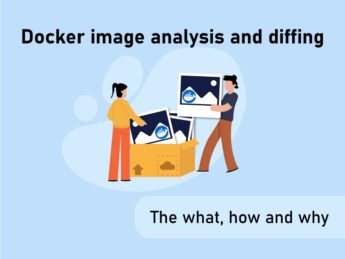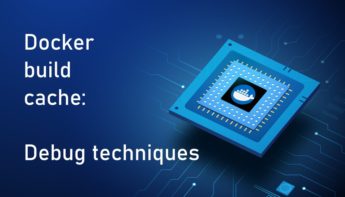Docker optimization guide: 8 tricks to optimize your Docker image size
This article introduces several tricks that you can apply at build-time, to reduce the size of your Docker images, including the use of a small base image, multi-stage builds, consolidation of RUN statements, avoiding separate chown/chmod commands, or using the slim toolkit. Originally posted on 2022-02-06, updated on 2024-06-11. Introduction Docker has become a commodity … Read more

